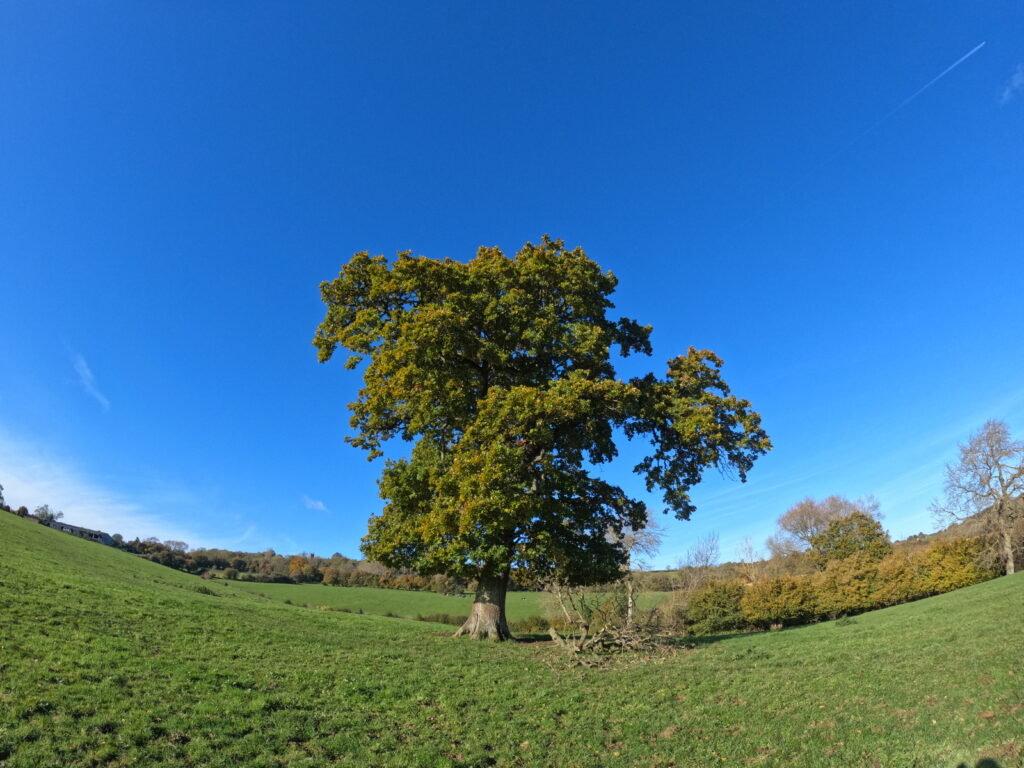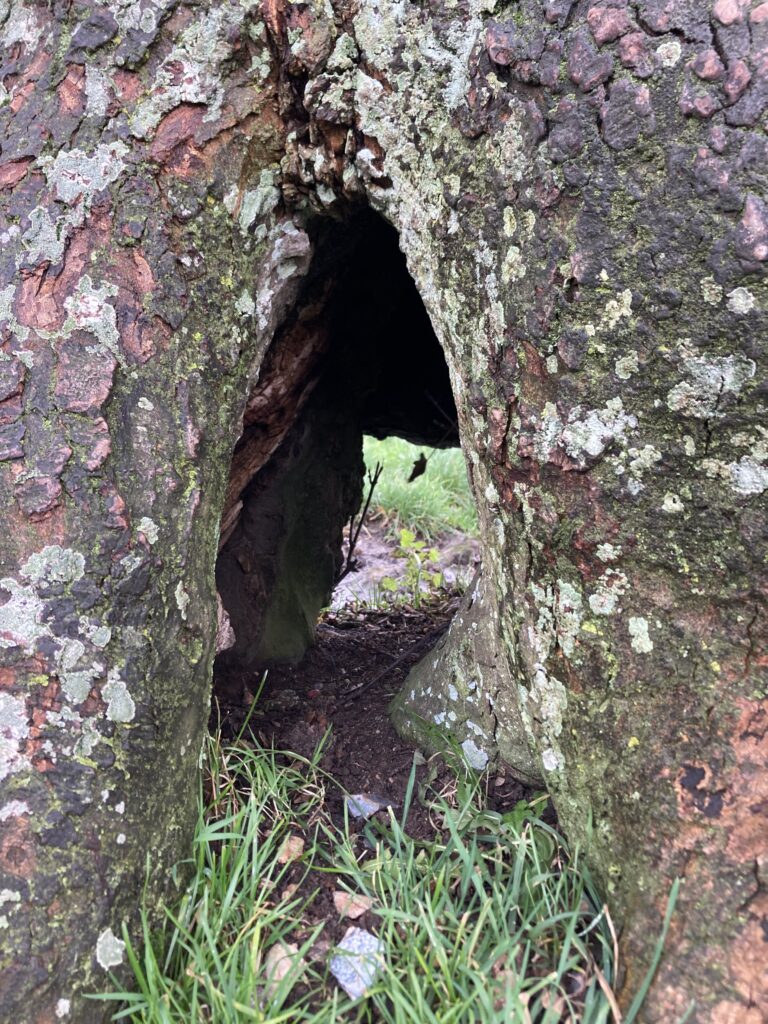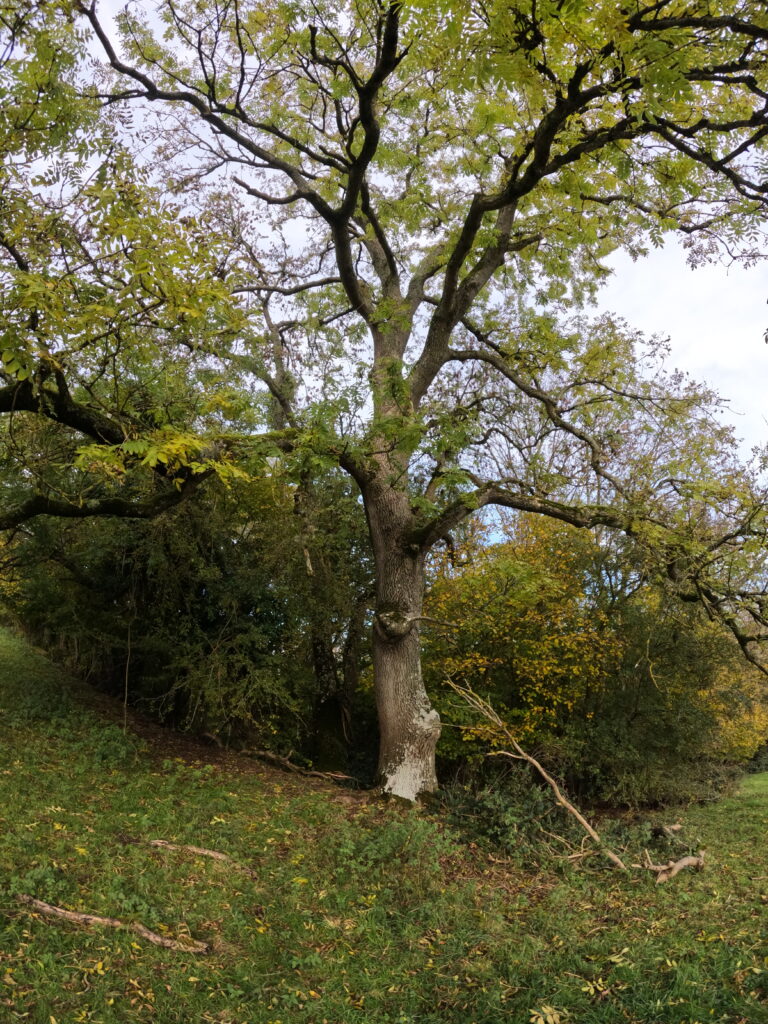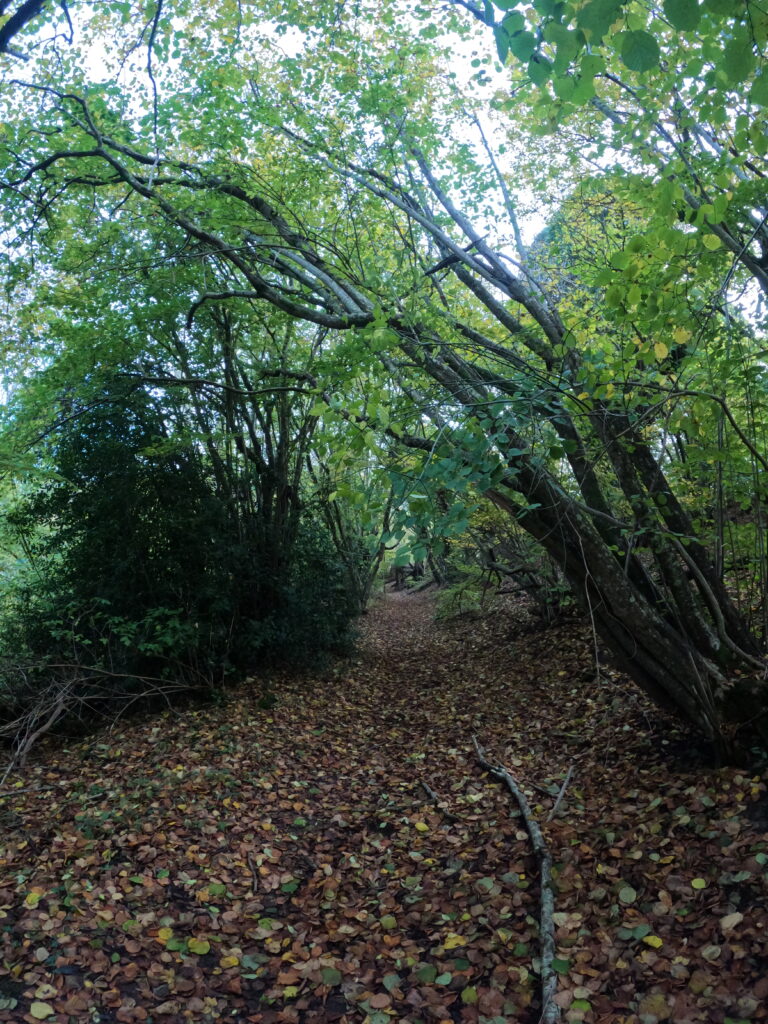The classification and features of ancient trees
Have you ever taken the time to stop and appreciate the many shapes and sizes of the trees around you? Next time you are outside surrounded by trees stop and consider what the first thing is you notice. You may notice the tree’s fresh green leaves, groovy trunk, its height or the width of the trunk. What is its most striking feature? Sometimes the features which we usually don’t consider can possess hidden secrets about the tree itself and may make you admire them more than you already did. Read on to find out more about certain features of trees which may suggest it is one of the special and invaluable ancient trees found across the British landscape.

Definition of ancient trees
So, “what are ancient trees?” you may ask. They are defined as trees which have passed beyond maturity and as being older or aged in comparison to other trees of the same species. They may be of interest due to their age either biologically, aesthetically, or culturally. But there is no specific time frame for trees to be classed as ancient, which means ancient trees of different species may differ in their ages. The age also differs due
things like climate which affects the growth rate and lifespan of the trees.
Features of ancient trees
Some features which develop with age and therefore can give an indication the tree may potentially be classed as ancient are:
- A large measurement around the circumference of a tree trunk (relative to the species)
- Incremental narrowing of trunk growth resulting in reduced crown volume.
- Decay of the central wood leading to hollowing.
- Dead branches extending beyond the crown.
- Fruiting bodies of heart-rot fungi.
- Cavities where branches have broken off, pools of water in hollows or sap runs.
- Rougher or deeper creviced bark.
- Aerial roots growing down into the decaying trunk or branches.

Decay of the central wood by heart-rot fungi leading to hollowing.

Aerial roots growing down into the decaying trunk or branches.

Rougher or deeper creviced bark.

Incremental narrowing of trunk growth resulting in reduced crown volume and cavities where branches have broken off.
Despite what you may expect, once a tree has passed its peak of maturity, ancient trees become smaller due to branch loss and gradual dieback – although the crowns tend to be maintained. After this peak, the area of foliage and the root system come back into balance. This is known as crown retrenchment. A smaller crown and a wide trunk provide the tree with strength, which means when the tree is subjected to high winds, this reduces the risk of it being uprooted.
Ancient trees also tend to have hollow trunks, where the deadwood at the centre of the tree is being decayed slowly by fungi. This also may help to make the tree live for longer, as this process releases previously stored minerals for the tree to use. This slow decay and release process may take many hundreds of years to take place and therefore this habitat is very special. Especially for many rare and specialised species including saproxylic beetles, fungi, and other animals. It is one of the most important habitats in Europe and therefore we need to be taking actions to protect these ancient trees for future generations.
Veteran Trees
You may also hear the term ‘Veteran’ when referring to trees. Being a veteran tree means one which may physically look like an ancient tree but isn’t actually very old when in comparison to trees of the same species. It may look like an ancient tree due to natural damage, the type of habitat or management practices. For example, it may possess fungal fruiting bodies, dead wood or the trunk may look worn or decayed. It is these trees which have the potential to turn into ancient trees, which is why veteran trees also need to be protected.
Heritage Tree
Trees may be described as ‘Heritage’ which means it has a tie to the landscape’s history and culture. For example, they may be associated with famous events or people like the Major Oak in Sherwood Forest. They may have also been planted to mark a special occasion, or may be strangely shaped due to either natural growth or human intervention. All ancient trees are heritage trees, whilst heritage trees are often ancient but aren’t always.
Notable Tree
Lastly, a notable tree is one which is locally significant – this may be because of its size, location or local history.
It is important to understand the classifications of trees based on these features, as it can help us explain to others about their importance and make suggestions on how they can be best protected for future generations.
References: Ancient Tree Forum – Ancient Tree Guide No. 4
https://www.ancienttreeforum.org.uk/wp-content/uploads/2015/02/ancient-tree-guide-4-definitions.pdf



